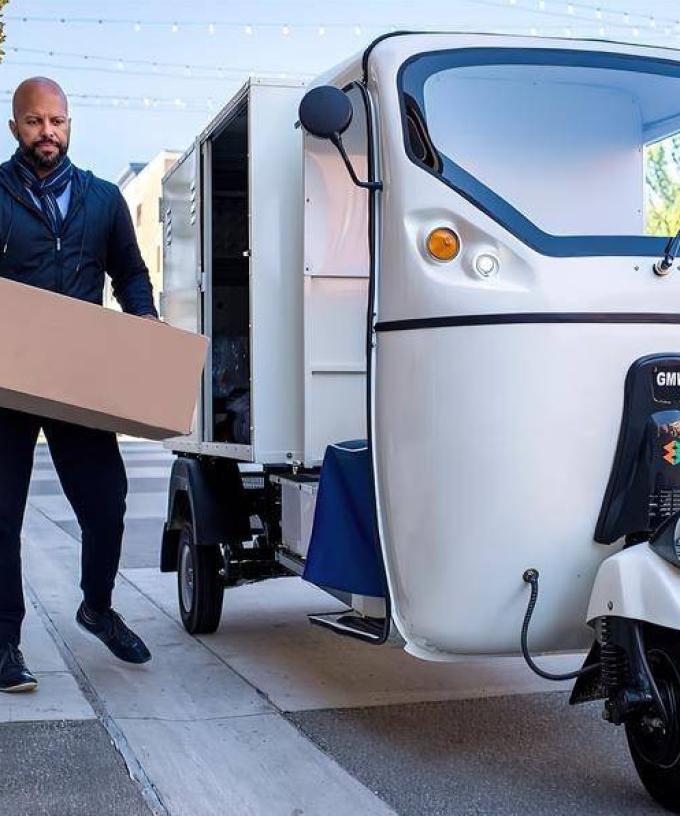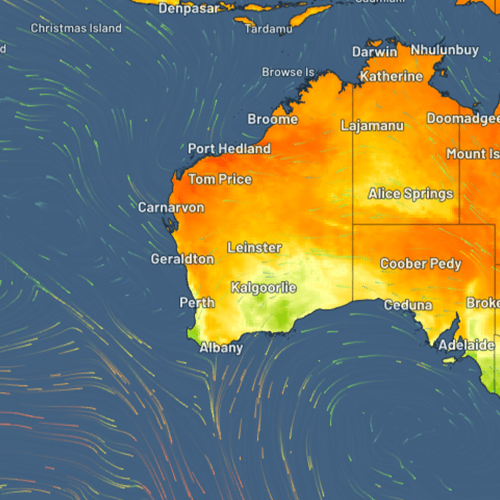Your next online shopping purchase could be delivered by a three-wheeled electric van.
The unusual e-TukTuks, first tested in Europe, will be one of several electric vehicles on show at an event in Sydney on Thursday, demonstrating how companies are electrifying their delivery fleets.
And while Australia has a limited number of light commercial electric vehicles, retailers say they will increasingly be used to deliver everything from furniture to food.
Nine electric vehicles will be on show at the event, to be attended by Climate Change and Energy Minister Chris Bowen, just days after submissions responding to the federal government’s proposed National Electric Vehicle Strategy closed.
ANC chief executive Joe Sofra said the display was timed to capitalise on “renewed interest” in electric vehicles and ensure all parts of the transport industry could be involved in the switch.
“There’s a lot of focus on going green for passenger vehicles but when you think about the work light commercial vehicles do and how many hours they’re on the road… there’s a lot of bang for your buck in reducing their emissions,” he said.
“We’ll go from three electric vehicles to 10 this year and we want to go to a hell of a lot more next year.”
Two of ANC’s “last-mile” delivery vehicles will be e-TukTuks – three-wheeled vehicles Mr Sofra said were capable of carrying “half a tonne of deliveries” despite their small size.
“The idea is for them to be agile and move through city areas,” he said.
“They’ll be able to do rapid deliveries and come back, have a rapid recharge and go out again.”
The e-TukTuks will be used to deliver goods for furniture giant IKEA, which has a goal of producing zero emissions for its deliveries by 2025.
EMoS director Harry Proskefalas said the company secured a deal to distribute Billiti Electric e-TukTuks in Australia after seeing them used for post, parcel and courier deliveries overseas.
“These next-generation EVs are sophisticated, technologically advanced vehicles that are digitally connected, can be monitored via smartphone apps, have decent range, are easy to charge, and safe and simple to drive,” Mr Proskefalas said.
“And they’re three to five times more energy efficient than conventional internal combustion engine vehicles.”
Fleet management firm ORIX will also show off electric vans and trucks at the event, chief executive Reggie Cabal said, calling them “perfect” for last-mile deliveries from stores to customers.
“With short runs, it’s easy to navigate charging,” he said.
But Mr Cabal said commercial electric vehicles were in high demand and short supply, and companies with longer delivery routes would need help to create “charging facilities” and processes to keep them on the roads.
Electric vehicles currently represent 3.39 per cent of new car sales in Australia, according to the EV Council.
Mr Sofra said more attention needed to be paid to the commercial sector and its vehicles, which produced “45 per cent more emissions” than passenger cars.
“Intention is nice but action is necessary,” he added.
“Everybody understands that, directionally, this is the right thing to do. Most people are wrestling with the how.”







